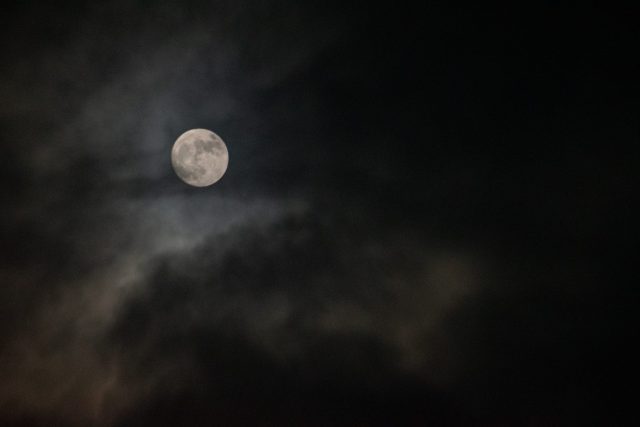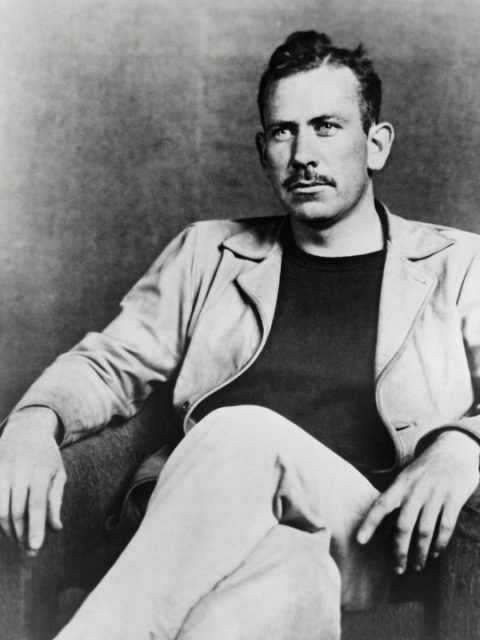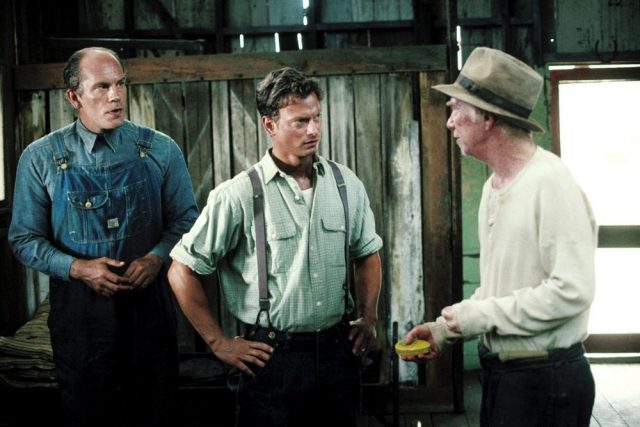John Steinbeck wrote a werewolf novel? He certainly did. And although Murder at Full Moon may never see the light of day, fans are hoping Steinbeck’s werewolf novel will be unleashed!
Long before he crafted classics such as The Grapes of Wrath and East of Eden, Steinbeck tried publishing a full-blooded tale of monstrous proportions in 1930.
Murder At Full Moon
A predator is at large on the California coast, preying by the light of the moon. Standing in its way are characters such as a “cub reporter,” a “mysterious man who runs a local gun club,” and “an eccentric amateur sleuth” relying on an “obsession with pulp detective fiction” according to The Guardian.

Professor Gavin Jones of Stanford University — where Steinbeck himself studied — describes Murder at Full Moon as a “horror potboiler” which predates the genre of “Californian noir detective fiction.”
At 233 pages, the book gives readers something to sink their teeth into. Also present are illustrations by the author, depicting a floorplan of the crime scene.
Along with two other novels, sadly destroyed by Steinbeck, this is a rare glimpse into the early life of someone who became one of America’s great literary figures. So, why can’t this surviving text be released?
John Steinbeck’s estate say they are representing the author’s wishes
The book is currently stored at the Harry Ransom Center archives, part of the University of Texas. Agents McIntosh and Otis, representing the Steinbeck estate, have no plans to publish.

Their stance is that the realist chronicler wouldn’t have wanted the novel out there. For starters, it’s a story by pseudonym “Peter Pym,” implying the name Steinbeck was never intended to grace its cover. Secondly, rather than try and publish Murder at Full Moon later, the book stayed under lock and key.
For Professor Jones and others, those reasons don’t stand up to scrutiny. Without the author on hand to comment, these matters are always complicated. Steinbeck passed away in 1968.
Steinbeck was a social commentator and realist who wrote about the American condition
By the end of his life, he’d produced 16 novels, his breakthrough being 1935’s Tortilla Flat. That story focused on Mexican paisanos, or workers of the land trying to make a living in post-World War I Monterey.

Interviewed in 1948 by Bob Sparks, Steinbeck commented that writing is “gathering 10 times as much material as can ever be used.” The audience “has to be convinced that the writer knows what he is writing about.”
Arguably his best-known works are Of Mice and Men (1937), a tale of friendship set during the Depression, and The Grapes of Wrath (1939), where farmers are forced to seek employment far from their home turf by tough economic conditions.
Are readers missing out on John Steinbeck’s wilder side?
His last completed novel was The Winter of Our Discontent (1961). Steinbeck also worked on a retelling of the Arthurian legend, The Acts of King Arthur and His Noble Knights (eventually released in 1976).

Bettmann / Contributor via Getty Images)
Speaking in 2020, website Steinbeck Now reported on a talk given by Professor Jones, who has his own book about the author — Reclaiming John Steinbeck: Writing for the Future of Humanity — out next month.
Steinbeck won the Pulitzer Prize for The Grapes Of Wrath. In 1962, he received the Nobel Prize in Literature. The Nobel website observes that, despite Steinbeck’s dedication to truth, “a streak of worship of the soil in his books, which does not always agree with his matter-of-fact sociological approach.”
More from us: Maya Angelou And Sally Ride To Be On The Quarter: It Makes Cents
Murder at Full Moon stands as an oddity in Steinbeck’s body of work. What would he have thought of people wanting to read it almost a century later?
He might be pleased, or perhaps he’d be howling mad.
